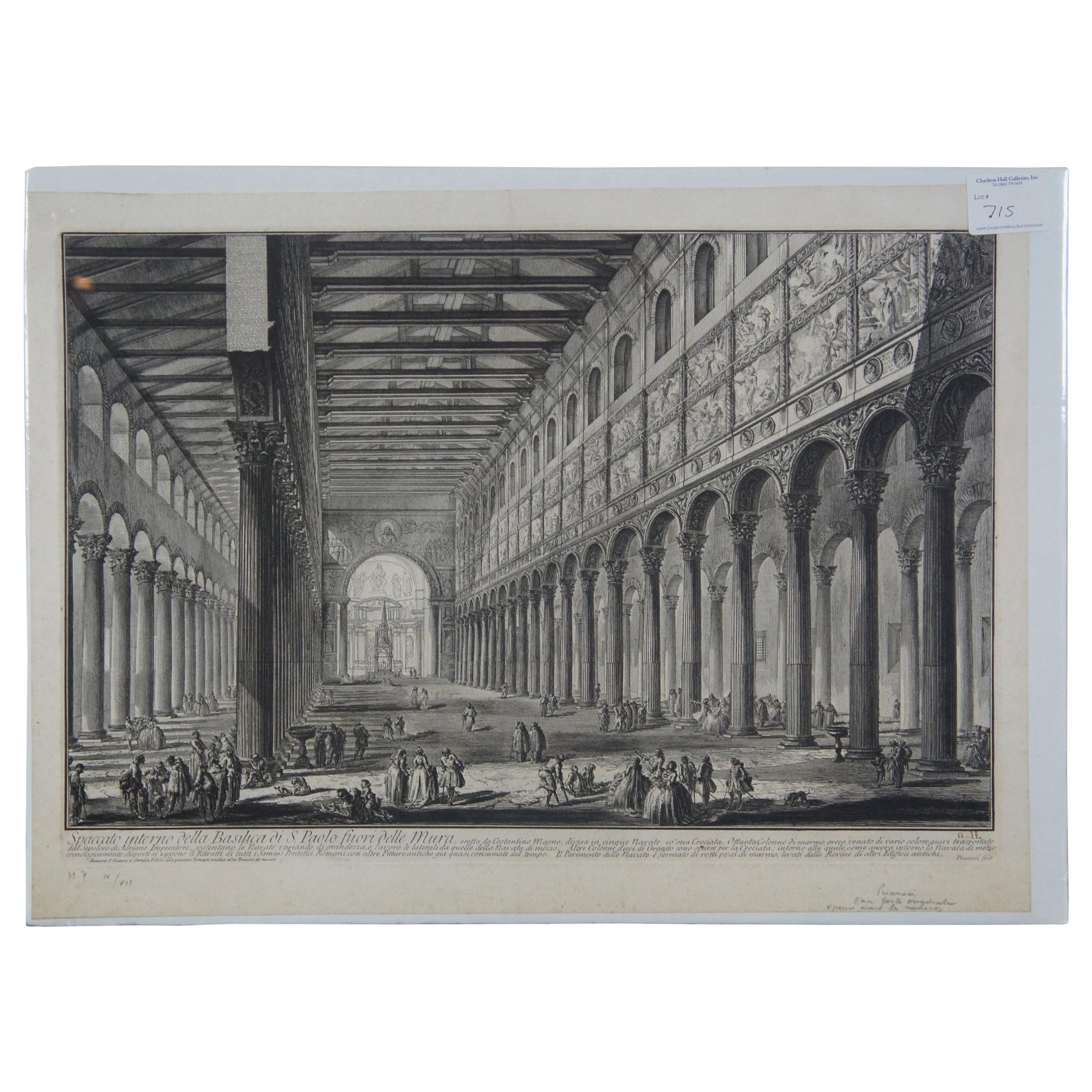
.jpg)
Curiosities of the Pantheon of Agrippaĭid you know that the dome of the Pantheon is the largest mass concrete dome in history? This dome has a diameter of 43.44 m, the height in its interior, from floor to ceiling, is equal to the diameter, has a weight of 4535 tons and was also made without a steel armor inside.ĭid you know that the eyepiece on the ceiling of the Pantheon lets the rain pass to the great circular room? This eyepiece has a diameter of 9 m and always remains open allowing the entrance of light but also of rain. Since the Renaissance period, the Pantheon has been used as the seat of the Academy of Virtuosos of Rome serving as tomb to great Italians such as Raphael of Urbino and the kings Vittorio Emanuele II, his son Umberto I and his wife Margherita.Įven though the Pantheon is a historical monument, it still remains a church in which masses and especially marriages are celebrated. Nowadays, this building still retains its original marble pavement and in the inner chapels, where formerly the statues of the divinities were found, today there are chapels with numerous works of art. Michelangelo referred to the Pantheon as the building that had "an angelic and not a human design". The Pantheon of Agrippa is the best preserved Roman building in the world, it is a perfect synthesis of harmony and constructive intelligence and nobody dared to perform a similar work until the Renaissance, fourteen centuries later. What is the Pantheon of Agrippa nowadays?

It is composed of 16 granite columns 14 meters high, on which the inscription "M.", which means "Marcus Agrippa, son of Lucius, consul for the third time, built it ". The rectangular facade hides an enormous dome with a diameter greater than the one of the St.

During the beginnings of the 7th century the building was donated to Pope Boniface IV who transformed it into a church preserving for it to this day in perfect condition. It receives the name of Agrippa for having been built where previously, in the year 27 AD, was the Pantheon of Agrippa destroyed by a fire in 80 AD. The construction of the Pantheon was done in the time of Hadrian, in 126 AD. The Pantheon of Agrippa, also known as the Pantheon of Rome, is one of the masterpieces of architecture present in the Italian capital as well as being the best preserved building of ancient Rome. A little history of the Pantheon of Agrippa


 0 kommentar(er)
0 kommentar(er)
